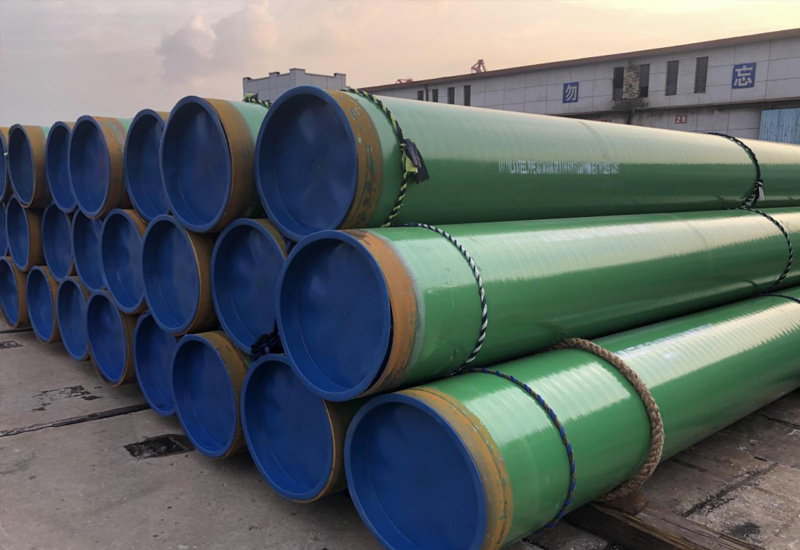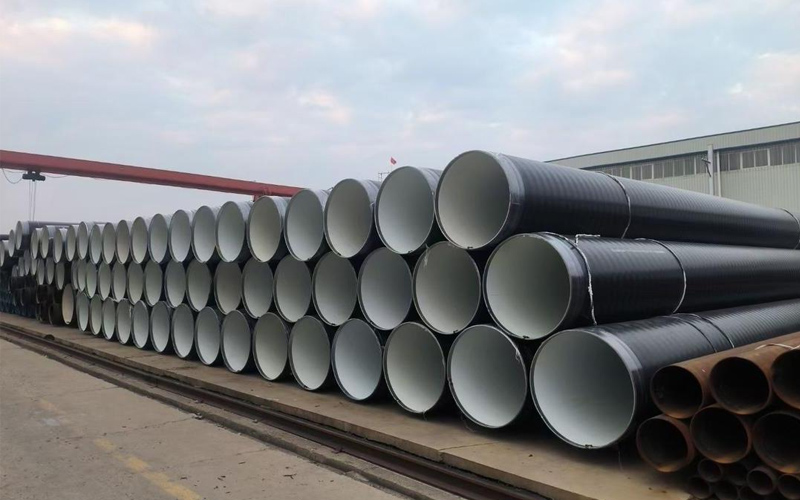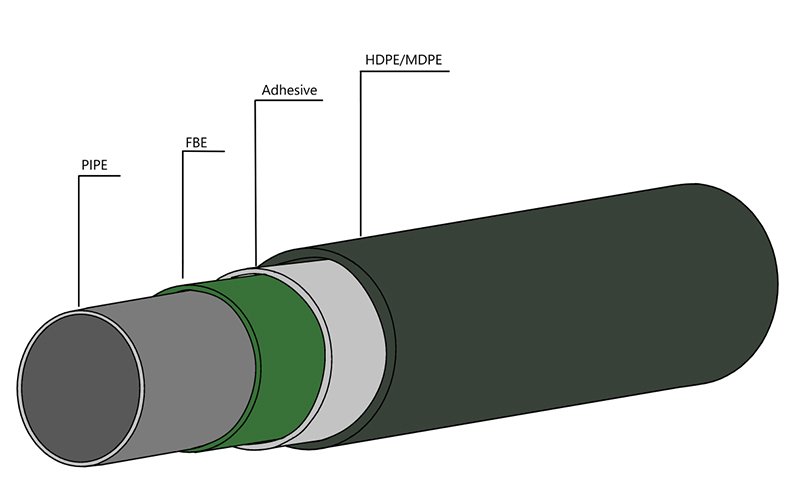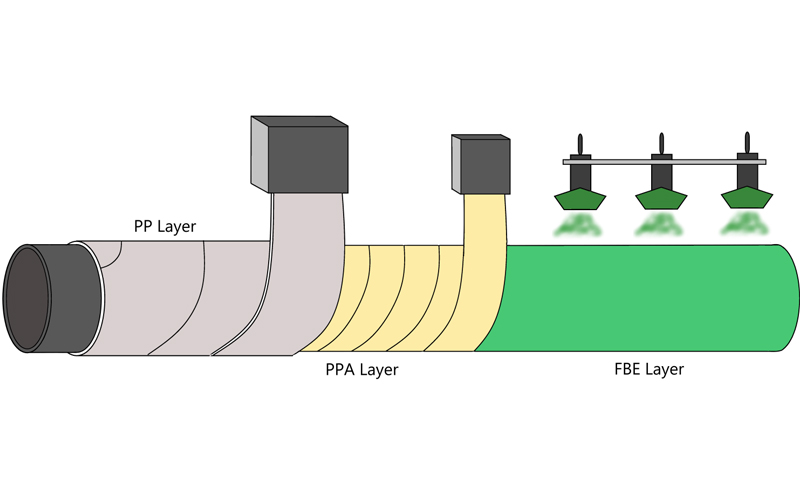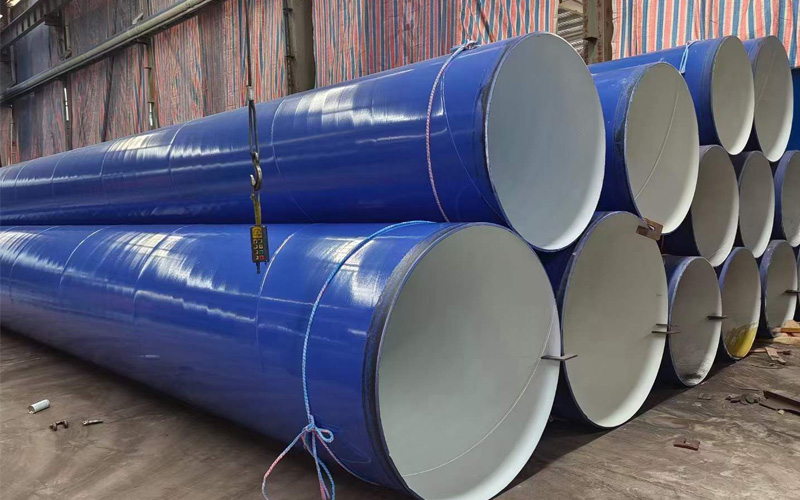What Does Pipe Schedule Mean? (Buyer’s Guide For Cost And Wall Thickness)
Introduction
You have received two quotations for “4 inch steel pipe” One is used for No.40 steel pipe and the other is used for No.80 steel pipe. The price of schedule 80 steel pipe is nearly 50% higher than that of others. Why are the same nominal size so different?
The answer lies in the pipe schedule. This critical value is the key to understand the wall thickness, weight, bearing capacity and final project cost of the pipeline. Misunderstanding it can lead to overexpenditure or security risks. This guide will explain the pipeline plan, provide a clear comparison chart and show how this figure directly affects your total budget.
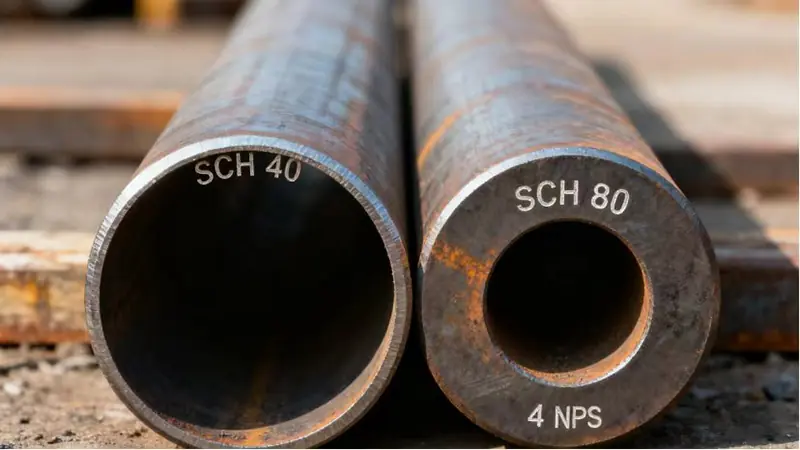
What is Pipe Schedule?
Pipe list (SCH) is a standardized figure in ASME B36.10M standard, which represents the nominal wall thickness of the pipeline. It is a dimensionless indicator, not a direct measurement. Two basic concepts are necessary to fully grasp the pipeline schedule.
· The Outside Diameter (O.D.) is fixed: for a given nominal pipe size (NPS), the outer diameter remains constant. For example, the outer diameter of all NPS 4 pipe is 4.5 inches.
· The Inside Diameter (I.D.) is variable: because the outer diameter is fixed, a higher nominal diameter means a thicker wall thickness, thus reducing the inner diameter and flow area.
The core principle is: higher schedule number = thicker pipe wall.
Quantitative Analysis: How Schedule Drives Your Cost
In procurement, steel pipe are bought and sold by weight. This is why pipe schedule is a primary cost driver. A higher progress means a thicker wall and heavier tubes, which directly increasing the material cost.
The following comparison table is based on data from ASME B36.10M, which clearly illustrates the financial impact of this common path.
| NPS | O.D.(in) | SCH 40 Wall(in) | SCH 80 Wall(in) | Weight(lb/ft) SCH 40 | Weight(lb/ft) SCH 80 | Cost Increase |
| 4″ | 4.500 | 0.237 | 0.337 | 10.79 | 14.98 | +38.8% |
| 6″ | 6.625 | 0.280 | 0.432 | 18.97 | 28.57 | +50.6% |
| 8″ | 8.625 | 0.322 | 0.500 | 28.55 | 43.39 | +51.9% |
[Source: ASME B36.10M – Welded and Seamless Wrought Steel Pipe. The increase of cost is estimated according to the percentage of weight increase.]
Buyer ‘gains: the data shows that choosing schedule 80 pipe can increase the cost by 50% or more than that of schedule 40 pipe. Therefore, choosing the correct and designated schedule is the most critical step in budget control.
A common trap of an engineer: SCH 80 and XS
A subtle but expensive specification trap involves the term XS (extra strong), an older wall thickness name. This confusion stems from the inconsistent relationship.
· For NPS 8-inch and smaller products: the wall thickness of Exhibit 80 is the same as XS.
· Critical trap (NPS 10 inches and above): Schedule 80 specifies a thicker wall than XS.
· Procurement Advice: for larger diameter projects, if the specification calls for Schedule 80, substituting it with XS could result in an under-specified pipe that fails to meet pressure requirements. Always verify accurate wall thickness according to ASME standard.
How to apply the plan to large diameter pipelines (LSAW/SSAW)
The terminology has changed for large-diameter pipelines (usually 24 inches and above) used in major infrastructure. Although the principle remains the same, the term “pipe list” is not often used for products such as longitudinal submerged arc welding pipe (longitudinal submerged arc welding) and SSAW pipe (spiral submerged arc welding).
Engineers and purchasers of these projects have specified the exact wall thickness required (for example. 20.0 mm, 0.750 inches), rather than a plan number. This allows precise customization to meet specific pressure and structural requirements.
Buyer’s point: When purchasing large-diameter LSAW or SSAW pipelines, providing accurate wall thickness to your suppliers is the most effective way to obtain an accurate and competitive price, so as to ensure that the product conform to accurate engineering specifications.
Conclusion
In summary, understanding pipe schedule is fundamental to smart and cost-effective procurement.
· Tube surface is a direct indicator of wall thickness.
· Weight is the first cost driver; A higher progress will increase the total cost of the project significantly.
· The wall thickness is shown in the table, not a direct pressure level; The pressure bearing capacity depends on other factors.
The key is to purchase pipelines according to the exact specifications in the project engineering design. Anywhere, we provide suitable pipelines for the application, from standard schedule 40 to custom SSAW pipes, ensuring safety and cost-effectiveness. Please contact us immediately and get an accurate quotation according to your specific specifications.
Frequently Asked Questions
Question 1: Does “Schedule 40” mean that the pipeline can withstand 40 psi?
A: Absolutely not. This is a common misunderstanding. Table number is an indicator of wall thickness, not a pressure grade. The actual bearing capacity is calculated based on wall thickness, diameter and material strength. [Source: ASME B31.3 – Process Piping Code]
Question 2: What are the main cost difference between SCH 40 and SCH 80?
A: the main difference is the weight of the material. As shown in the table, Schedule 80 pipe are much heavier, resulting in 40% to 50% higher material cost for the same nominal size.
Question 3: What’s the best schedule to buy?
A: The “best” pipe schedule is always the one specified by the project engineers. Standard 40 is usually used for general purposes, while standard 80 is used for high-pressure applications. Without proper project approval, it is not allowed to deviate from the prescribed schedule.
Share:
Get Your Custom Steel Pipe Quote Today!
Provide us with your project details (like application, specifications, quantity). Our experienced team will respond with a tailored solution and competitive quote within 24 business hours.
Related Articles
ASTM A53 vs. API 5L: A Guide to Selection and Application
Introduction:Technology differences determine success or failure, and selection needs to be “precise”
Steel Density Analysis: Core Differences between Mild and Medium Carbon Steels and Industrial Applications
3LPE coated steel pipe: a solid barrier in the field of industrial corrosion protection
3LPP coated pipe: anti-corrosion guard in high temperature and high pressure environment
FBE steel pipe: the technological armor of the steel defense line
HOT TAGS
latest posts
- 3LPP coated pipe: anti-corrosion guard in high temperature and high pressure environment
- ASTM A53 LSAW Steel Pipe Selection Guide for Oil and Gas Transportation Pipelines
- API 5L LSAW Pipe: A Deep Dive into PSL1 vs. PSL2
- Steel Pipe Sizing Errors? DN vs. OD Explained for Buyers
- NDT for Pipe Welds: X-ray vs. Ultrasonic Testing




